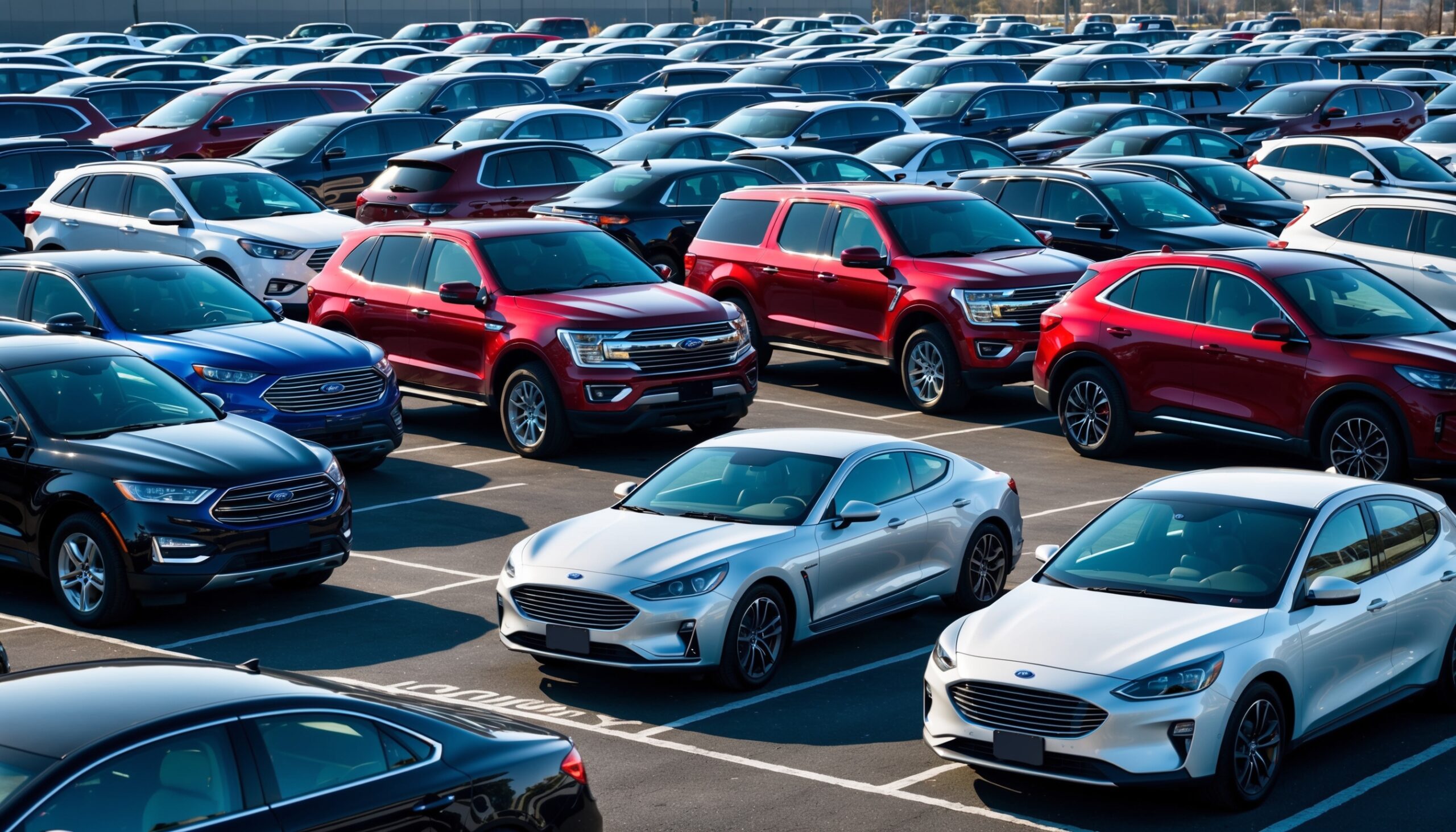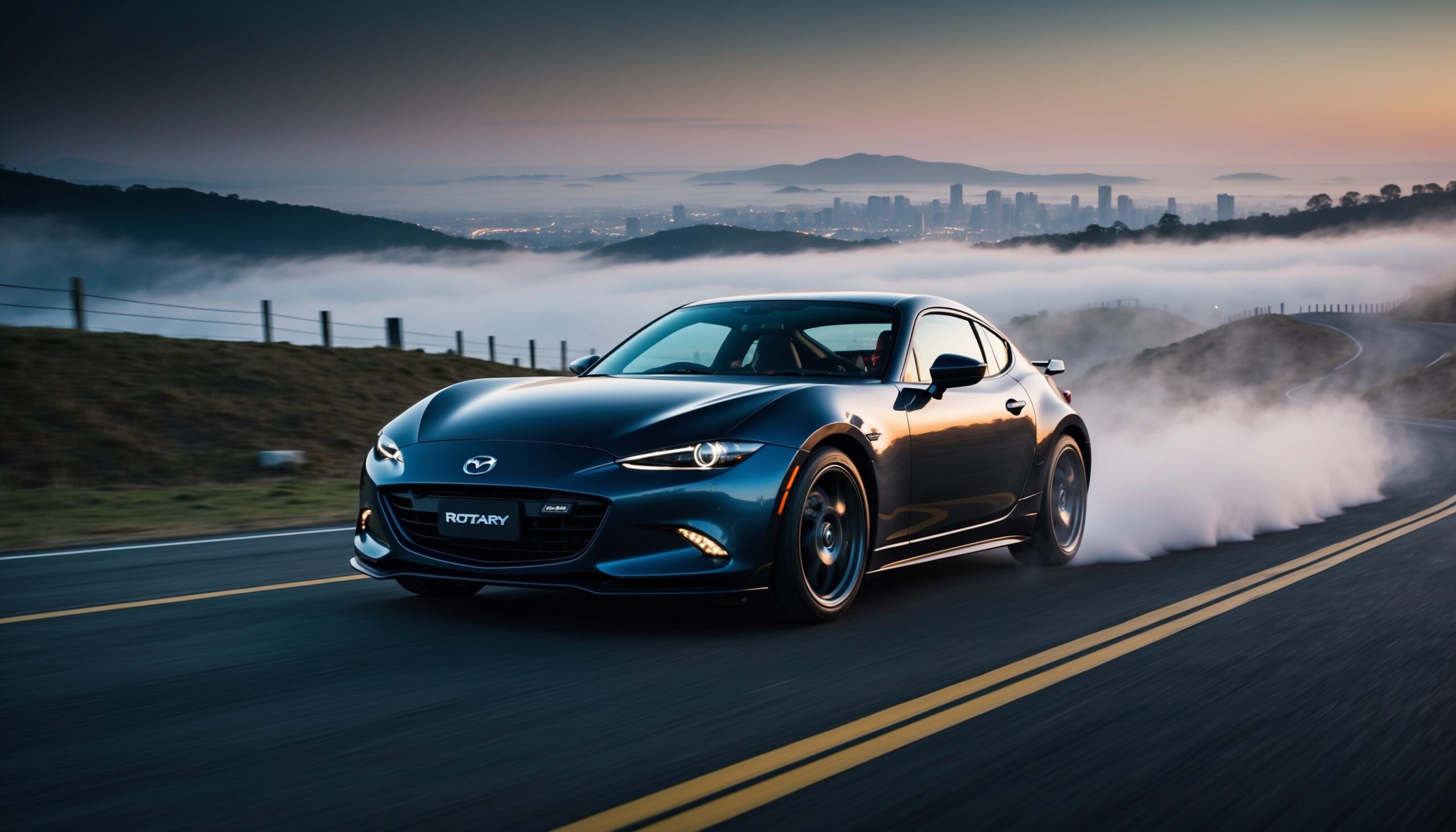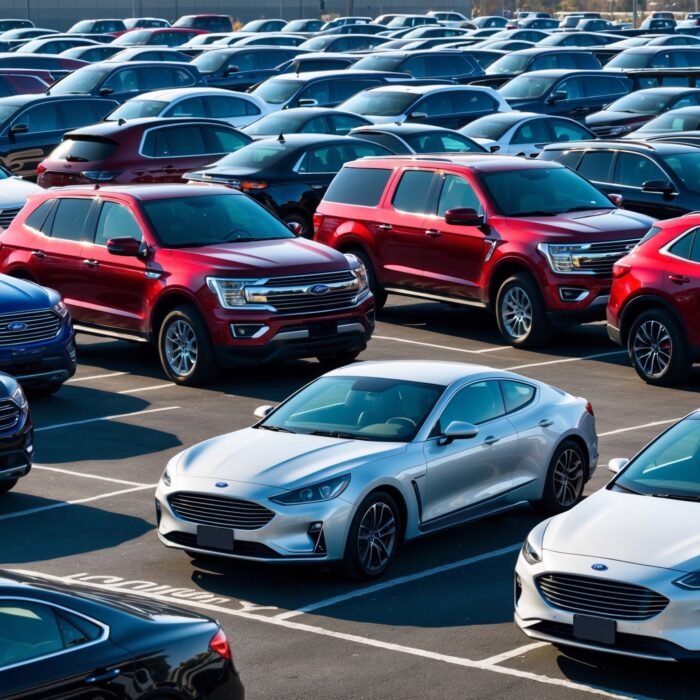The Design Philosophy of the “Third Space” Car Interior (Level 4 Autonomy)
As automotive technology continues to evolve at breakneck speed, the concept of the “Third Space” car interior emerges as a fascinating trend, particularly in vehicles with Level 4 autonomy. This intriguing design philosophy not only redefines how we perceive our time spent in vehicles but also how we interact with them. Here at Torque Feed, we’re diving deep into what makes the Third Space a revolutionary idea in the automotive world.
Understanding the “Third Space” Concept
The term “Third Space” is borrowed from urban sociology, where it describes a social environment that is separate from home (the first space) and work (the second space). In the context of automotive design, the Third Space refers to the interior of a car being transformed into a multifunctional environment that supports leisure, work, and social interaction, especially when the vehicle is in autonomous mode.
The Rise of Level 4 Autonomy
Before we delve into the nuances of the Third Space, let’s clarify what Level 4 autonomy means. Autonomous vehicles are categorized into levels from 0 to 5, with Level 4 vehicles capable of performing all driving tasks independently in specific conditions, such as urban environments or highway scenarios. Drivers can relinquish control and focus on other activities, thus paving the way for a reimagined automotive interior.
Shaping the Interior: Key Design Considerations
The design philosophy behind the Third Space car interior involves several key considerations:
- Flexibility: The space must accommodate various activities such as working, relaxing, or socializing.
- Comfort: Ergonomics play a crucial role in ensuring that passengers can enjoy their time inside the vehicle.
- Technology Integration: Smart technologies need to seamlessly integrate into the cabin to enhance the user experience.
- Connectivity: Ensuring that occupants can connect with the outside world while inside the vehicle.
- Personalization: Allowing users to customize their environment to suit their preferences.
Creating the Atmosphere
The atmosphere within a Third Space car interior is pivotal. Unlike traditional vehicles, where the interior is primarily focused on driving, a Level 4 autonomous vehicle must cultivate a welcoming environment. This can be achieved through:
- Ambient Lighting: Adjustable lighting can set the mood, whether for relaxation or productivity.
- Sound Systems: High-quality audio systems that adapt to the environment, providing everything from soothing sounds to high-energy music.
- Materials: Use of premium, tactile materials that evoke a sense of luxury and comfort.
Innovative Seating Arrangements
One of the most significant shifts in vehicle design for Level 4 autonomy is in seating arrangements. Traditional seating, primarily focused on safety and driver control, is being replaced with more versatile configurations:
- Rotating Seats: Seats that can pivot to face each other encourage conversation and interaction among passengers.
- Reclining Features: Passengers can relax or even take a nap, similar to a first-class airplane experience.
- Multi-Purpose Surfaces: Tables that can be deployed for work or meals, enhancing the functionality of the space.
Technology: The Heart of the Third Space
At the core of the Third Space concept is technology. With Level 4 autonomy, passengers are free to engage with an array of technological innovations:
- Augmented Reality Displays: These can provide navigation, entertainment, or even interactive experiences while on the go.
- Smart Interfaces: Voice-activated systems that allow passengers to control the environment effortlessly.
- Seamless Connectivity: High-speed internet access enables productivity, entertainment, and communication.
Environmental Considerations
As we embrace the Third Space philosophy, environmental sustainability becomes increasingly important. Automotive designers are exploring materials and systems that minimize ecological footprints:
Also Read: Vehicle-to-Grid (V2G) Systems: Is Your EV Ready to Power Your Home?
- Eco-Friendly Materials: Biodegradable or recycled materials that are both aesthetically pleasing and sustainable.
- Energy Efficiency: Designing interiors that optimize energy use, from efficient climate control to low-energy lighting.
- Smart Energy Management: Systems that adjust power usage based on the number of passengers and their activities.
Cultural Influences on Design
The design of the Third Space is also influenced by cultural trends and societal changes. As remote work becomes more common, the need for a workspace on the go has increased:
- Global Aesthetics: Incorporating design elements from various cultures to create an inclusive environment.
- Social Spaces: Designing areas that foster interaction, mirroring the communal aspects of urban living.
- Adaptability: Recognizing that different regions will have unique needs and preferences for their vehicle interiors.
Challenges in Designing the Third Space
While the Third Space car interior offers exciting possibilities, it also presents unique challenges:
Also Read: Integrating Video Conferencing and Work Tools into the Car Cabin
- Safety Regulations: Ensuring that innovative seating and interior designs comply with safety standards.
- Technological Integration: Balancing cutting-edge technology with user-friendliness.
- Market Acceptance: Convincing consumers to embrace this new paradigm of car interiors.
Case Studies: Pioneers of the Third Space
Several manufacturers are already leading the charge in the creation of Third Space interiors. Let’s take a closer look at some of the standout examples:
- Mercedes-Benz EQS: The EQS offers a luxurious cabin with an immersive MBUX Hyperscreen that spans the entire dashboard, creating an interactive experience.
- Tesla Model S: Known for its minimalist design, the Model S features a spacious interior with a focus on technology, allowing for a productive and relaxed atmosphere.
- BMW iX: With its unique seating configurations and high-tech features, the iX embodies the essence of a Third Space, promoting interaction and leisure.
The Future of the Third Space
As we look to the future, the Third Space car interior could become a standard feature across many models. Automakers will likely continue to innovate, further refining the balance between comfort, technology, and sustainability. Imagine a day when you can hold a meeting, enjoy a movie, or take a nap in your car while it safely navigates the roads.
Your Role in the Evolution
As car enthusiasts and consumers, your preferences and feedback will shape the future of automotive design. Embrace the evolution and consider how you’d like to see the Third Space concept materialize in upcoming models. Engage with brands, share your thoughts, and be an active part of this exciting transition.
At Torque Feed, we’re committed to keeping you updated on the latest trends and innovations in the automotive industry. The Third Space car interior is just one example of how our relationship with vehicles is changing. The future is bright, and we can’t wait to see where it takes us!












